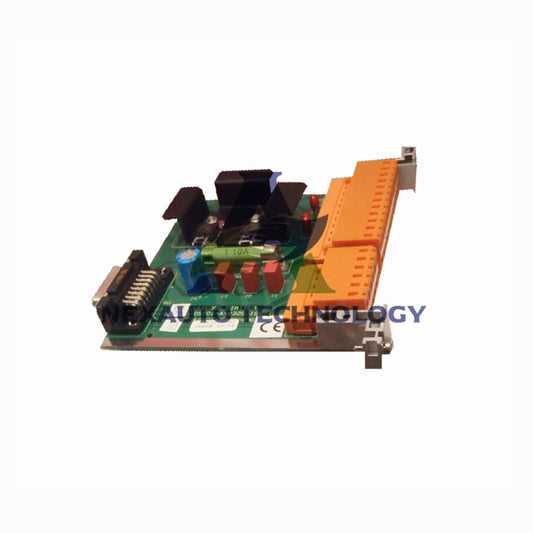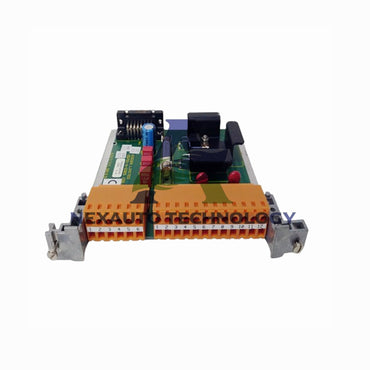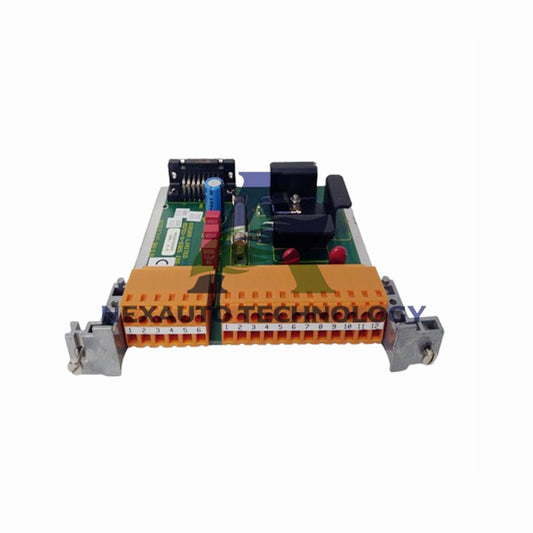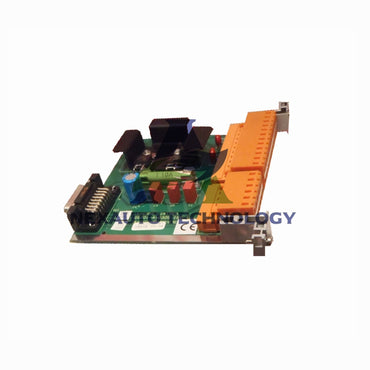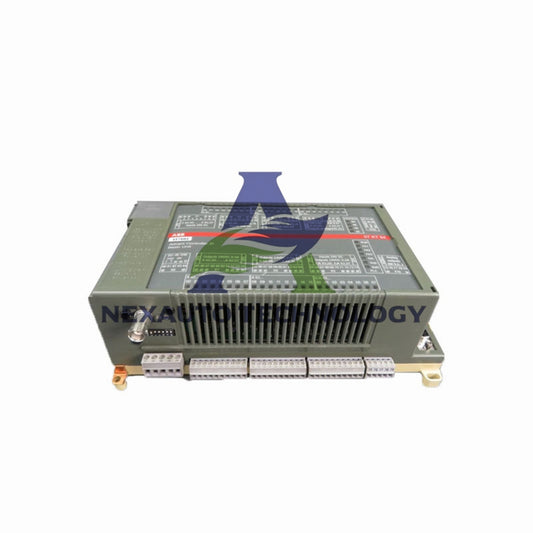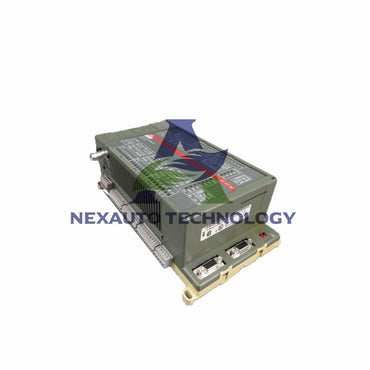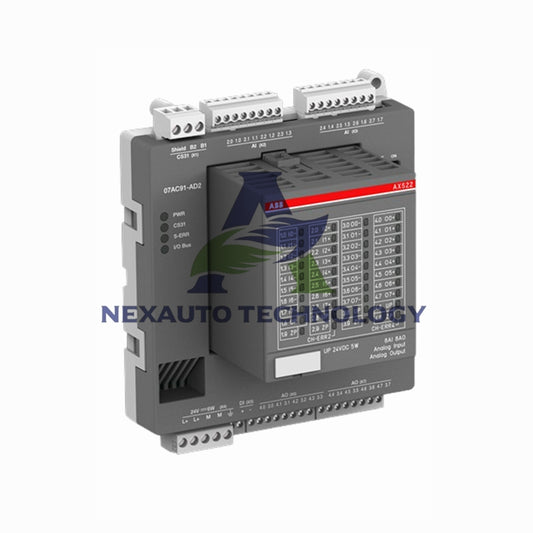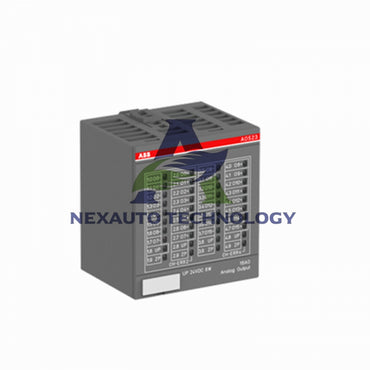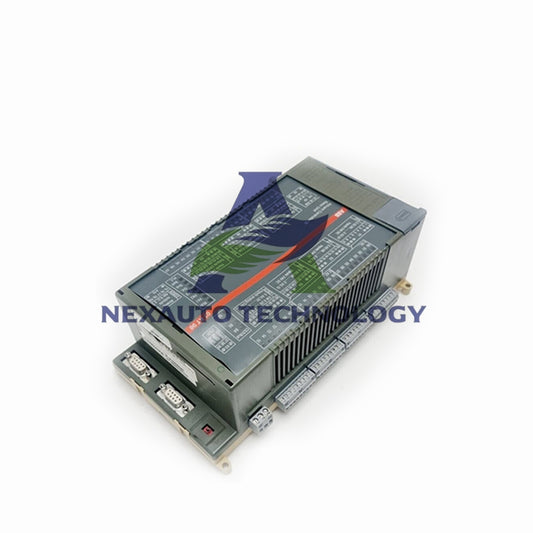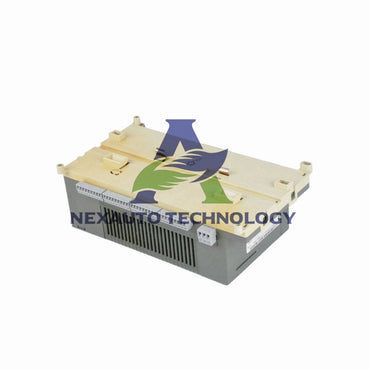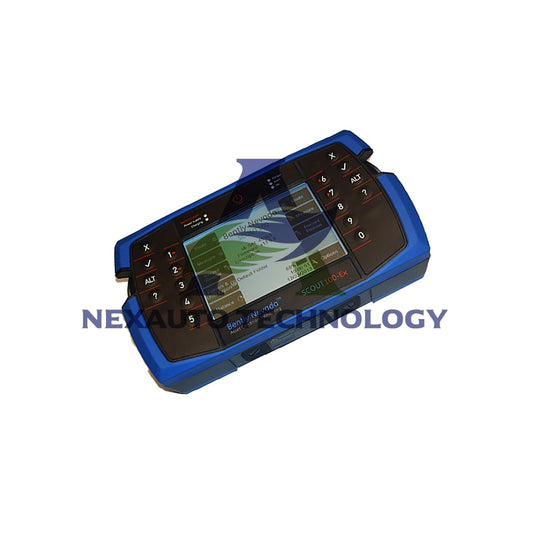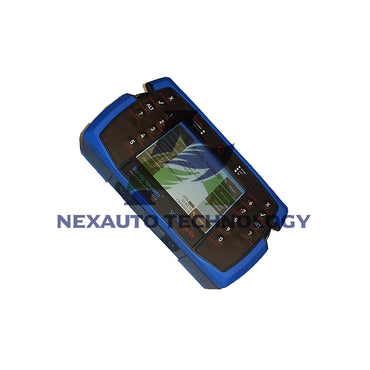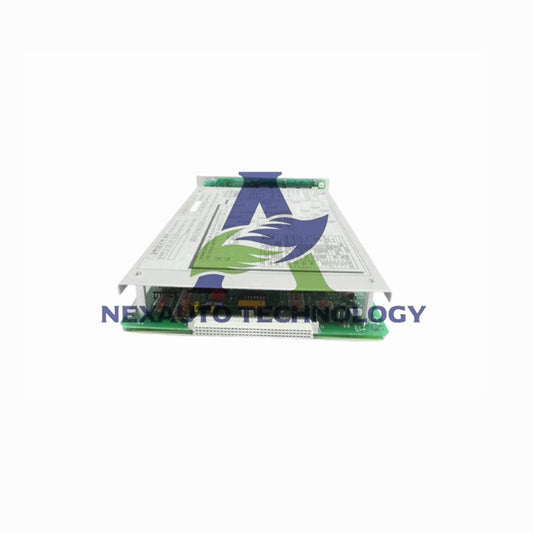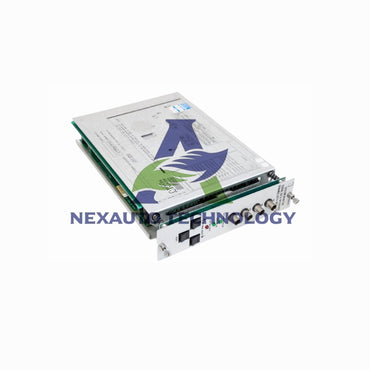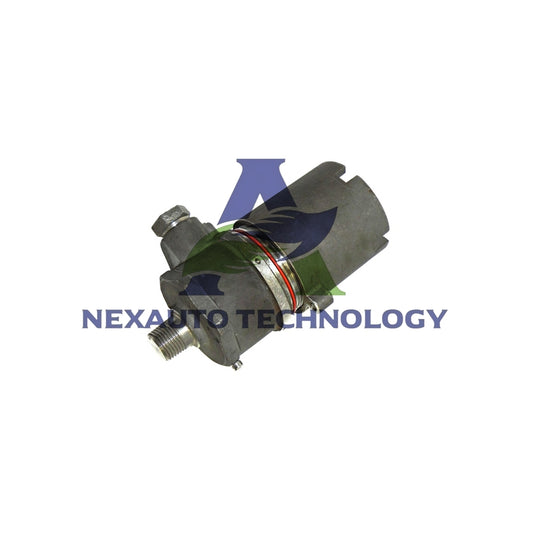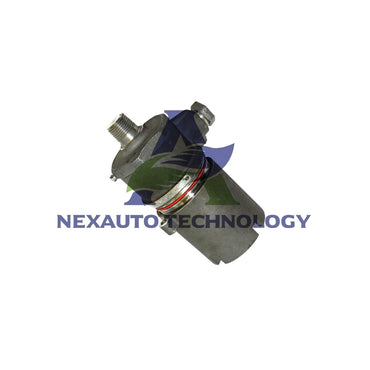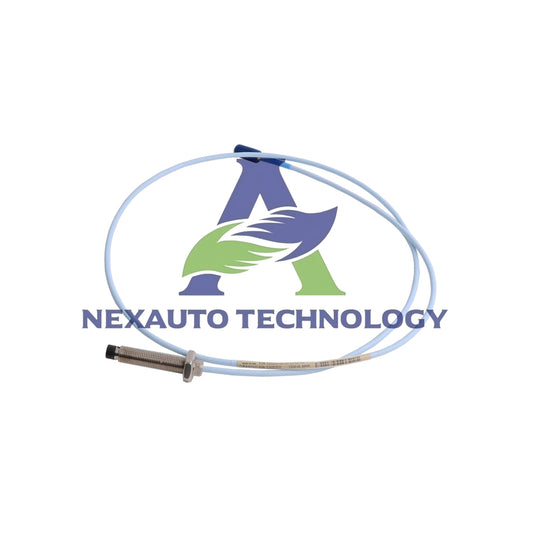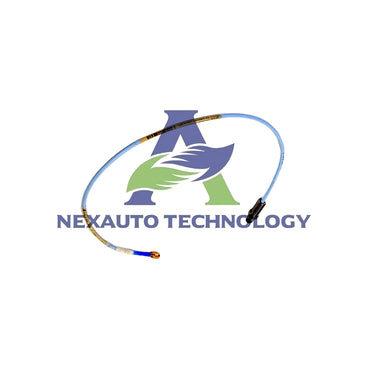How to Seamlessly Integrate PLC and DCS Systems for Real-Time Data Sharing
Introduction: A Growing Trend in Industrial Automation
According to recent studies, over 72% of industrial plants in North America use both PLC and DCS systems in their operations. However, only 38% of these facilities have fully integrated platforms for real-time data sharing. The demand for seamless integration is expected to rise by 11% annually as factories move toward digital transformation and Industry 4.0 standards.
Understanding the Role of PLC and DCS
Programmable Logic Controllers (PLCs) excel at discrete, high-speed tasks such as packaging and assembly. In contrast, Distributed Control Systems (DCS) are designed for continuous processes in industries like oil & gas, chemicals, and power generation. Integrating both systems ensures up to 25% faster decision-making and improves the coordination of complex factory operations.

Key Benefits of Integration
- Real-time data exchange reduces unplanned downtime by up to 30%.
- Centralized monitoring improves operator efficiency, cutting average response times from 10 minutes to under 3 minutes.
- Predictive maintenance powered by integrated systems lowers maintenance costs by 15–20% annually.
- Hybrid systems enhance safety compliance, with reported reductions in incident rates of 12% in chemical plants.
Challenges in Integration
Despite the clear advantages, integration is not without obstacles. Engineers often face issues such as:
- Protocol mismatch: 40% of plants report difficulties aligning Modbus, OPC UA, and proprietary vendor protocols.
- Latency risks: Delays in data transfer can cause losses of $500,000 annually in large-scale operations.
- Cybersecurity threats: Integrated networks face 25% higher exposure to unauthorized access if not properly secured.
Best Practices for Real-Time Data Sharing
Experts recommend several strategies to overcome these challenges:
- Adopt standardized protocols such as OPC UA to ensure cross-vendor compatibility.
- Invest in high-speed industrial Ethernet networks to reduce latency by over 40%.
- Use redundancy and failover mechanisms to ensure 99.9% uptime in mission-critical processes.
- Implement continuous system testing to maintain data accuracy across all control layers.

Industry Insights and Expert Commentary
From field experience, companies adopting hybrid PLC-DCS architectures often achieve a 10–15% production gain in the first year of deployment. Moreover, predictive analytics integrated into these systems has been shown to extend machine lifespan by an average of 3.5 years. Analysts predict that by 2030, more than 65% of factories worldwide will operate on hybrid control systems.
Selecting the Right Vendors and Tools
Major vendors including Honeywell, Siemens, ABB, and Allen-Bradley now provide solutions with native interoperability. Plants that select systems with built-in integration features reduce engineering costs by up to 18%. In addition, scalable platforms allow factories to expand without needing costly retrofits, saving an estimated $2 million over a decade in large plants.
Case Study: Chemical Plant Integration
A mid-size chemical facility integrated Allen-Bradley PLCs with a Honeywell DCS. Through real-time monitoring of flow and pressure data, operators could adjust processes instantly. The results were significant:
- Waste reduced by 15%.
- Production efficiency improved by 12%.
- Annual safety incidents dropped by 9%.
- Overall cost savings of $1.2 million within 18 months.
Quick Comparison: PLC vs. DCS
| Feature | PLC | DCS |
|---|---|---|
| Primary Function | Discrete, high-speed control | Continuous, process-based control |
| Typical Applications | Packaging, robotics, assembly lines | Chemicals, oil & gas, power plants |
| Strengths | Speed, reliability, flexibility | Scalability, centralized monitoring |
| Integration Advantage | Real-time machine data | Advanced process optimization |
Conclusion: The Future of Hybrid Control
Seamless integration of PLC and DCS systems is becoming a critical success factor in modern industrial automation. By applying best practices, selecting interoperable solutions, and leveraging real-time data, companies can improve efficiency by up to 20%, reduce downtime by 30%, and ensure safer, smarter factories for the future.
Check below popular items for more information in Nex-Auto Technology.
| CC-TAOX01 | CC-GAIX11 | DC-PDOD51 |
|---|---|---|
| DC-TPOX01 | CC-PAIH51 | CC-PWRR01 |
| DC-PDIS51 | CC-GAOX21 | CC-TD0B11 |
| MTL5021 | MTL4541 | MTL4546Y |
| MTL4511 | MTL4516 | MTL4575 |
| MTL5049 | MTL5024 | MTL5022 |
| MTL5025 | MTL5053 | MTL5061 |

